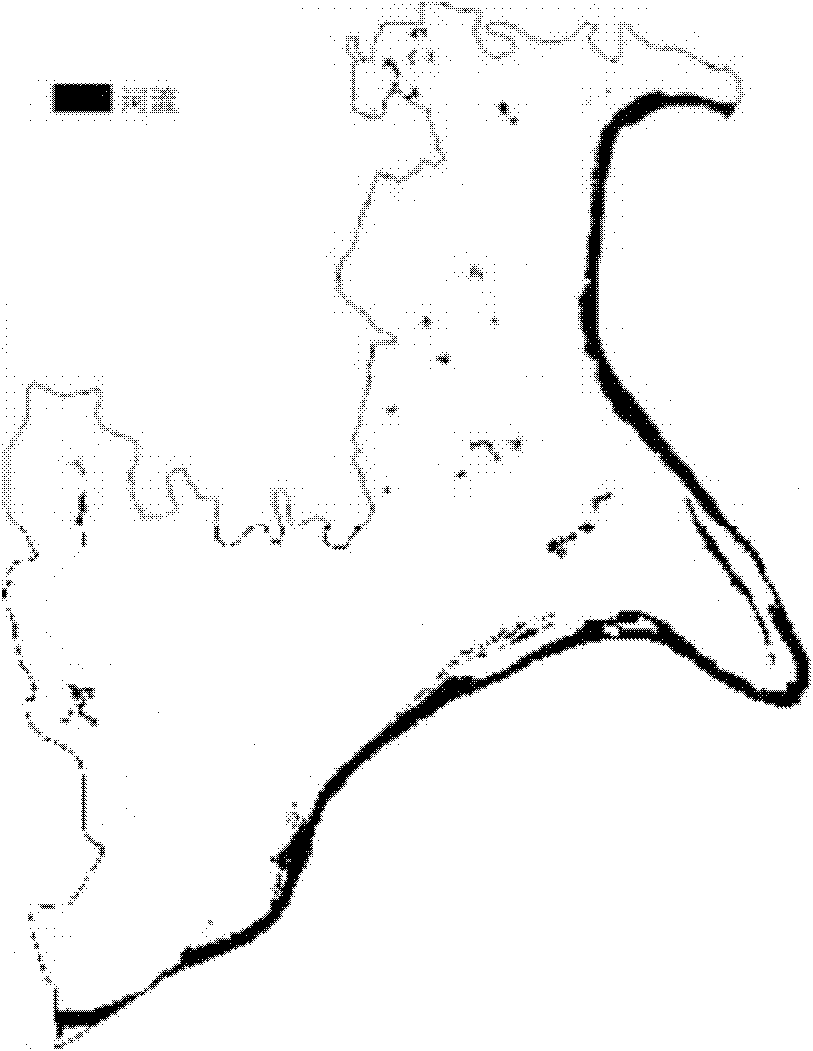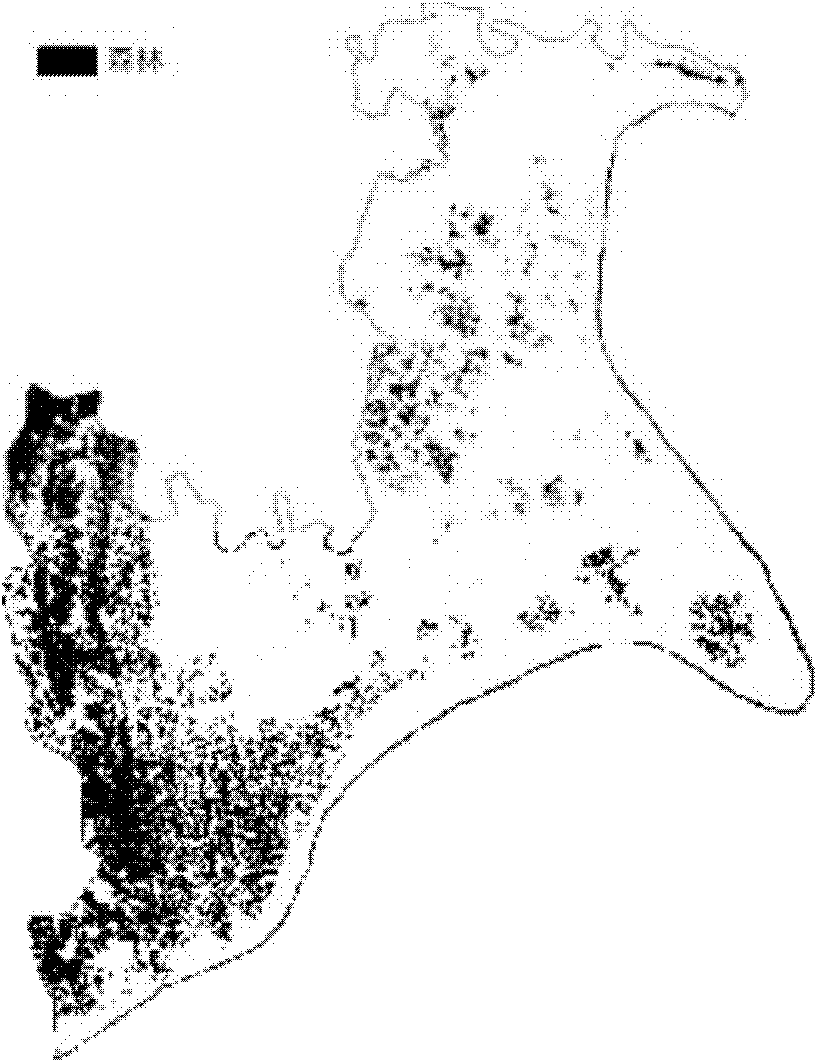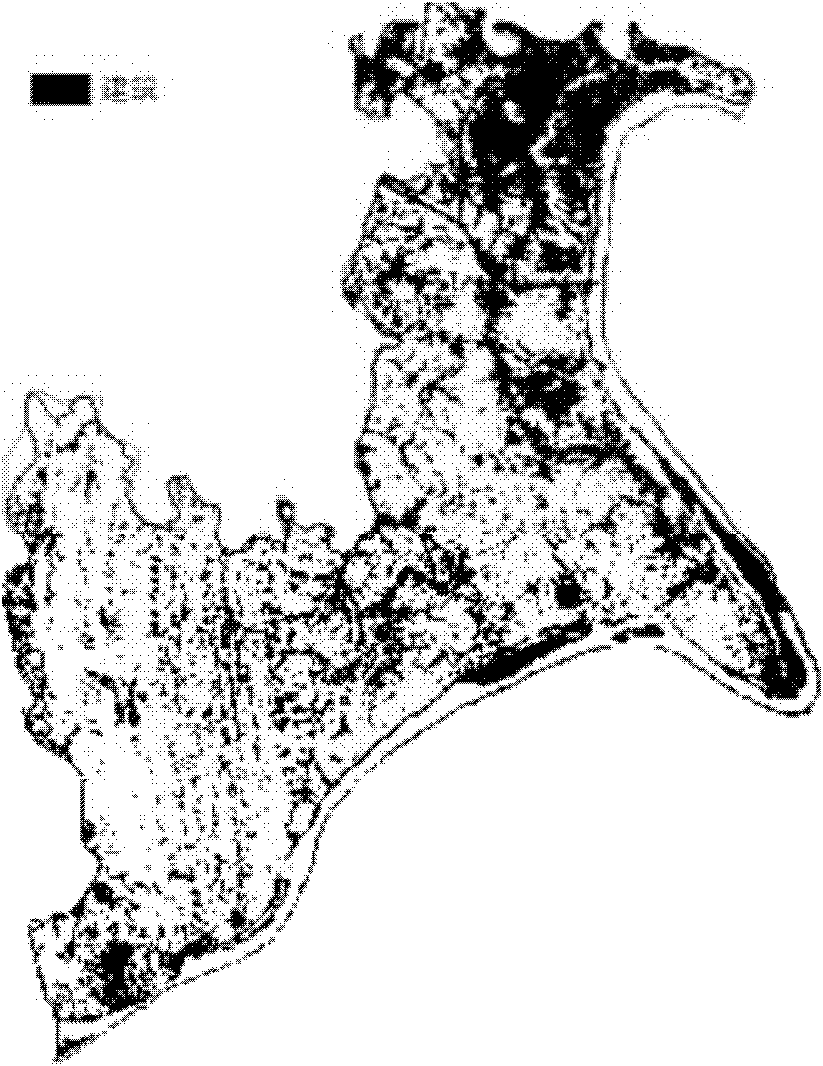Method for classifying multi-spectral remote sensing data land use based on semi-supervisor manifold learning
A technology of manifold learning and classification method, which is applied in the direction of instrumentation, computing, character and pattern recognition, etc., and can solve problems such as high cost, limited number of samples, and poor classification effect
- Summary
- Abstract
- Description
- Claims
- Application Information
AI Technical Summary
Problems solved by technology
Method used
Image
Examples
Embodiment 1
[0088] figure 1 It is a flowchart of land use classification method for multispectral remote sensing data based on semi-supervised manifold learning; figure 2 The data distribution situation before the projection of the algorithm classification accuracy map sample data; the multi-spectral image land use classification method based on semi-supervised manifold learning provided by the invention, comprises the following steps:
[0089] (1) Read in multispectral remote sensing data;
[0090](2) Read in each sample data point in the selected multispectral remote sensing image, and generate a vector according to its band, so that the selected samples in the multispectral remote sensing image are represented by a matrix as a training sample set;
[0091] (3) Select part of the sample data from the training sample set according to the prior knowledge to mark the known object categories, and generate sample category labels;
[0092] (4) On the premise that part of the data category ...
Embodiment 2
[0149] The multi-spectral remote sensing image data of Dadukou District in Chongqing City contains three bands with a resolution of 14.25m, and mainly includes five types of ground objects: buildings, forest land, grassland, water area, cultivated land and paddy fields. The realization process of the present invention is as figure 1 As shown, the specific implementation is carried out in the following steps:
[0150] (1) Reading in multispectral remote sensing data: read in multispectral remote sensing image data in Dadukou area, the bands are band1, band2 to band3;
[0151] (2) Select multi-spectral remote sensing image training sample data: select 50 sample points with known category information for each category, convert them into a matrix with 300 rows and 3 columns, and randomly select 600 sample points with unknown categories, expressed as X= {x 1 , x 2 ,...,x 300 , x 301 ,...x 900} T ;
[0152] (3) The user uses prior knowledge to mark some samples: 50 data poin...
PUM
 Login to View More
Login to View More Abstract
Description
Claims
Application Information
 Login to View More
Login to View More - R&D
- Intellectual Property
- Life Sciences
- Materials
- Tech Scout
- Unparalleled Data Quality
- Higher Quality Content
- 60% Fewer Hallucinations
Browse by: Latest US Patents, China's latest patents, Technical Efficacy Thesaurus, Application Domain, Technology Topic, Popular Technical Reports.
© 2025 PatSnap. All rights reserved.Legal|Privacy policy|Modern Slavery Act Transparency Statement|Sitemap|About US| Contact US: help@patsnap.com



